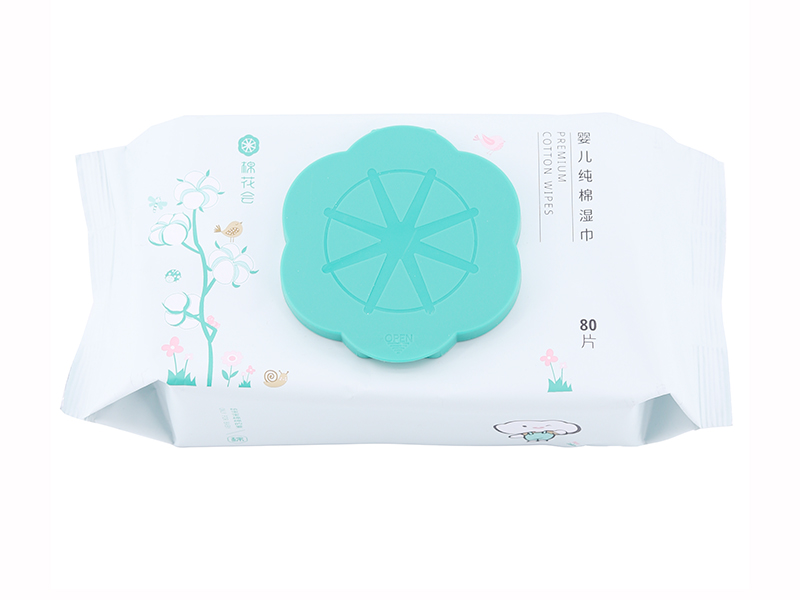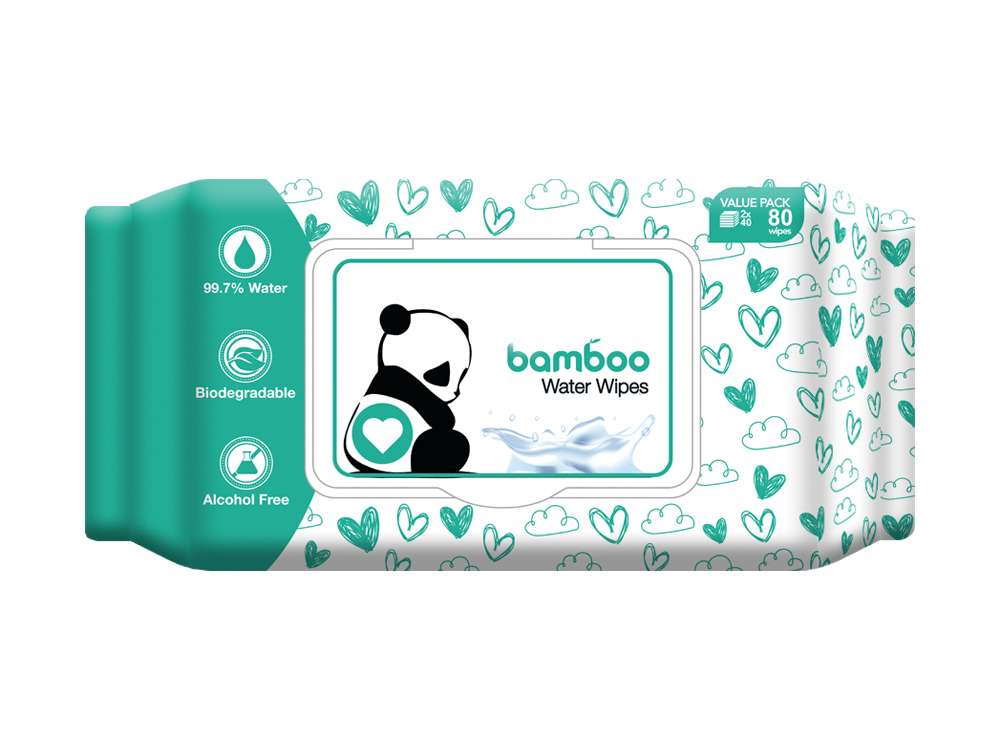Introduction
In the vast world of engineered textiles, few materials have achieved the pervasive utility and functional reliability of pp spunbond nonwoven fabric. Its application spans critical sectors from medical protective coveralls and agricultural crop covers to durable geotextiles and heavy-duty packaging. A common thread running through these diverse uses is a fundamental demand for strength and longevity. For wholesalers, buyers, and product developers, understanding the root of this resilience is not merely academic; it is crucial for making informed sourcing decisions, specifying the correct material for an application, and confidently communicating product benefits to end-users. The question, then, is a foundational one: what are the intrinsic properties and manufacturing marvels that grant this seemingly simple fabric its remarkable durability and tear resistance?
The Foundational Element: The Properties of Polypropylene
To comprehend the strength of the final fabric, one must first look at its building block: the polypropylene polymer. The inherent characteristics of this raw material are the first and most critical factor contributing to the fabric’s performance.
Polypropylene is a thermoplastic polymer, a member of the polyolefin family, renowned for its excellent chemical resistance and a favorable balance between stiffness and impact strength. On a molecular level, the chains of propylene monomers can be engineered to have a very high molecular weight and a specific tacticality, meaning the methyl groups are aligned in a regular pattern. This regularity allows the chains to pack closely together in a crystalline structure when cooled. It is this crystallinity that provides the polymer with its high tensile strength. In simpler terms, the long, orderly polymer chains are very difficult to pull apart, providing a inherent resistance to stretching and breaking under load.
Furthermore, polypropylene is inherently hydrophobic, meaning it does not absorb water. This is a crucial point for durability, as many materials that absorb moisture, like paper or natural fibers, experience a significant loss of mechanical strength when wet. A pp spunbond nonwoven fabric maintains its integrity and strength even in damp or wet environments, a key advantage for applications like geotextile stabilization or wet wipes backing. The polymer also possesses excellent fatigue resistance, meaning it can be repeatedly bent or flexed without failing, which translates directly into the fabric’s ability to withstand handling, installation, and use without developing cracks or tears.
The Engineering of Strength: The Spunbond Manufacturing Process
While the raw polymer provides the potential for strength, it is the highly controlled spunbond process that actualizes and amplifies this potential into a cohesive, strong fabric. This continuous, integrated process is where engineering and chemistry converge to build durability layer by layer.
1. Extrusion and Spinning: Creating Continuous Filaments
The process begins with polypropylene granules being fed into an extruder. Here, they are melted into a homogeneous polymer melt. This molten polymer is then forced through a spinneret, a metal plate containing thousands of finely drilled holes. As the polymer streams emerge, they are rapidly cooled and stretched by high-speed air, a step known as drawing. This drawing step is fundamental to developing high tensile strength in the individual filaments. It aligns the long polymer chains along the axis of the filament, a process called orientation. The more oriented the molecules, the stronger the filament becomes, as the force is distributed along the strong covalent bonds of the polymer backbone. These continuous filaments, which are essentially fine, strong threads, are the fundamental reinforcing elements of the fabric, unlike the short, staple fibers used in woven or wet-laid nonwovens that can pull apart more easily.
2. Web Formation: The Random Layering for isotropic Strength
After the filaments are drawn, they are laid down in a random, web-like pattern onto a moving conveyor belt. The randomness of this deposition is not a haphazard event but a carefully engineered outcome. It is this random arrangement that grants the pp spunbond nonwoven fabric its isotropic strength properties. Isotropic means the fabric possesses nearly equal strength and elongation characteristics in all directions—machine direction (MD) and cross-machine direction (CD). This is a distinct advantage over woven materials, where strength is primarily concentrated in the warp and weft directions, creating inherent weak points at biases. In a spunbond fabric, a applied force is distributed across a multitude of filaments oriented in various directions, making it highly resistant to tearing and puncture from any angle. This is a critical feature for applications like furniture backing or car trunk liners, which experience multi-directional stress.
3. Bonding: The Crucial Step of Filament Integration
A loose web of filaments, no matter how strong individually, would have little structural integrity. The bonding process is what transforms this web into a coherent fabric. The most common method for pp spunbond nonwoven fabric is thermal bonding. In this process, the web, which is still primarily crystalline, passes through the nip of two heated calender rolls. One of these rolls is typically engraved with a specific pattern of points. As the web passes through the heat and pressure of these rolls, the polymer at the bond points softens and fuses, creating strong welded joints where the filaments cross. The table below illustrates common bond patterns and their general impact on fabric properties.
| Bond Pattern | Fabric Hand Feel | Typical Strength & Durability Characteristics | Common Applications |
|---|---|---|---|
| Point Bond | Soft, Fabric-like | Good balance of strength, softness, and breathability. | Medical gowns, disposable apparel, covers. |
| Square Bond | Firmer, Paper-like | High strength and abrasion resistance, less flexible. | Durable packaging, industrial wipes, geotextiles. |
| Perforated Bond | Very Open, Mesh-like | Lower strength but high air/water permeability. | Agricultural fleece, certain filtration layers. |
The density and area of these bond points are precisely controlled. Too few or too weak bond points result in a fabric that delaminates or fells easily. Too many or too strong bond points can make the fabric stiff and brittle, reducing its tear resistance by creating stress concentration points. The optimal balance creates a fabric where the bonded points anchor the network of strong filaments, allowing the fabric to distribute stress efficiently. When a tearing force is applied, it is absorbed by the entire network of filaments connected by these robust bonds, preventing a localized failure from propagating easily across the fabric.
Quantifying Durability: Key Performance Indicators
For buyers and engineers, the durability of a pp spunbond nonwoven fabric is not a vague concept but a set of quantifiable properties measured through standardized tests. Understanding these metrics is essential for material selection and quality assurance.
Tensile Strength is measured in Newtons or pounds-force and indicates the force required to break a strip of fabric when pulled lengthwise (MD) and widthwise (CD). A high tensile strength signifies the fabric’s resistance to breaking under tension, crucial for applications like bulk bags or construction membranes.
Elongation at Break, expressed as a percentage, measures how much the fabric can stretch before it fails. A certain degree of elongation is desirable as it allows the fabric to absorb energy and deform under sudden load rather than snapping brittlely.
Tear Resistance, often measured by the Elmendorf Tear test (in grams or Newtons), is perhaps the most direct indicator of a fabric’s ability to resist the propagation of an existing rip or puncture. This is a critical property for fabrics used in abrasive environments, such as geotextile applications where sharp rocks are present. The random filament network and strong thermal bonds of the spunbond nonwoven are exceptionally effective at resisting tear propagation.
Bursting Strength is a measure of the multi-directional force required to rupture the fabric. It is a highly relevant test for fabrics that will be subjected to hydraulic pressure or pushing forces from multiple angles, such as in certain filtration media or fabric for inflatable structures.
Abrasion Resistance indicates the fabric’s ability to withstand surface wear from rubbing. This is vital for materials used in furniture upholstery or automotive interiors, where repeated friction over time can degrade the material.
The Role of Fabric Weight (GSM) and Additives
While the base polymer and process are foundational, the final durability is also fine-tuned through two key variables: the fabric’s weight and the use of functional additives.
The weight of a nonwoven fabric is expressed in grams per square meter (GSM). As a general principle, a higher GSM indicates a greater mass of polymer per unit area, which typically translates to a higher density of filaments and bond points. Consequently, a 100 gsm pp spunbond nonwoven fabric will almost invariably demonstrate higher tensile strength, puncture resistance, and overall durability than a 25 gsm fabric made from the same polymer and process. This allows manufacturers and buyers to select a fabric weight that provides the precise level of strength required for a specific cost and performance target, from lightweight covers to heavy-duty geomembranes.
Additives, known as masterbatches, are incorporated into the polymer melt during extrusion to impart specific properties. From a durability perspective, UV stabilizers are among the most critical. Standard polypropylene is susceptible to degradation from prolonged exposure to ultraviolet radiation from sunlight, which can cause chain scission, embrittlement, and color fading. The incorporation of UV stabilizers significantly enhances the weather resistance and long-term durability of pp spunbond nonwoven fabric intended for outdoor applications like tarps, landscaping fabric, and crop covers. Other additives, such as antioxidants, further protect the polymer from thermal-oxidative degradation during processing and its service life, preserving its mechanical properties.
Comparative Analysis with Other Nonwoven Types
Placing the durability of the pp spunbond nonwoven fabric in context requires a brief comparison with other common nonwoven types. This highlights the unique synergy of its process and material.
Spunlace nonwovens use high-pressure water jets to entangle fibers. While they offer excellent softness and drape, they generally lack the same level of tear resistance and dimensional stability as thermally bonded spunbond fabrics, especially when wet, as their integrity relies on frictional entanglement rather than welded bonds.
Meltblown nonwovens are also made from polypropylene but use a different aerodynamic drawing process that creates extremely fine, short fibers. This results in a fabric with excellent filtration and barrier properties but very low mechanical strength and integrity. It is often laminated to a spunbond nonwoven to create a SMS (Spunbond-Meltblown-Spunbond) composite, where the spunbond layers provide the necessary durability and the meltblown layer provides the filtration.
Needle-punched nonwovens are mechanically entangled by barbed needles. They can be very dense and strong, particularly in terms of puncture resistance, and are often used in geotextiles. However, they can be more prone to delamination and may not offer the same consistent, isotropic strength profile as a spunbond fabric. The surface can also be more textured, which is not always desirable.
This comparison underscores that the spunbond process is uniquely optimized to produce a fabric that balances high strength, uniformity, and consistency, making it the go-to choice for a vast range of demanding applications.
The exceptional durability and tear resistance of pp spunbond nonwoven fabric is not the result of a single, magical property. It is the culmination of a perfectly aligned series of factors. It begins with the inherent high tensile strength and chemical resistance of the polypropylene polymer. This potential is then fully realized through the precision-engineered spunbond process, where continuous filaments are created, randomly laid to ensure isotropic strength, and permanently fused with thermal bonds to create a unified, load-distributing network. This fundamental robustness can be precisely calibrated through the fabric’s weight (GSM) and further enhanced for specific environmental challenges, such as UV exposure, through specialized additives. For wholesalers and buyers, this deep understanding demystifies the product’s performance and provides a solid technical foundation for selecting the right pp spunbond nonwoven fabric—a material whose reliability is built in, from the molecule up.


 中文简体
中文简体 English
English 日本語
日本語 русский
русский Español
Español












